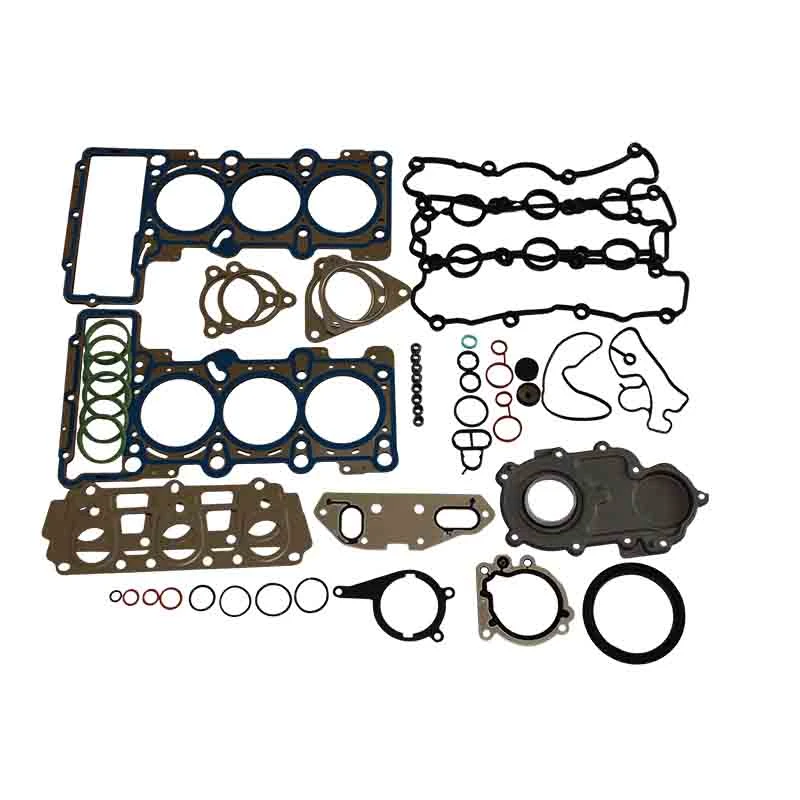rear wheel axle seal
Understanding Rear Wheel Axle Seals Importance, Function, and Maintenance
The rear wheel axle seal is a vital component in a vehicle's drivetrain system, functioning as a barrier that prevents lubricant leaks and protects the axle assembly from contaminants. In vehicles, the rear axle is responsible for transmitting power from the differential to the rear wheels, enabling smooth motion while carrying the vehicle's weight. Therefore, maintaining a well-functioning rear wheel axle seal is crucial for overall vehicle performance and longevity.
What Is a Rear Wheel Axle Seal?
A rear wheel axle seal is a rubber or synthetic seal located at the point where the axle shaft exits the rear differential housing. Its primary role is to keep the lubricant inside the axle housing while preventing dirt, water, and other debris from entering. Over time, exposure to heat, friction, and various environmental factors can cause the material of the seal to degrade, leading to leakage of axle oil. This can result in inadequate lubrication and eventual damage to the axle bearings and gears, underscoring the seal's importance.
The Importance of Rear Wheel Axle Seals
1. Prevention of Leaks A functioning axle seal prevents differential fluid from leaking out, which is essential for lubricating the gears within the axle assembly. Lack of proper lubrication can lead to increased friction and, ultimately, mechanical failure.
2. Protection from Contaminants The seal acts as a shield against external contaminants such as dirt, mud, and water. If these substances infiltrate the axle assembly, they can cause wear and tear on the internal components, leading to costly repairs.
3. Maintenance of Performance Properly sealed axles contribute to optimal performance by ensuring that the rear wheels receive the necessary power and torque without loss due to fluid leaks.
4. Enhancing Vehicle Life With regular maintenance and timely replacement of worn seals, vehicle owners can significantly extend the lifespan of their vehicle’s drivetrain components.
Signs of a Worn or Damaged Axle Seal
Being able to identify signs of a failing rear wheel axle seal is important for timely maintenance
- Fluid Leaks One of the most obvious signs of a compromised axle seal is the presence of oil on the ground under the vehicle
. This may indicate that the seal is leaking.rear wheel axle seal

- Low Differential Fluid Levels Regular checks of the differential fluid can help catch issues early. A noticeable decrease in fluid levels may suggest a leak.
- Unusual Noise Grinding or whining noises while driving may indicate a lack of lubrication due to a failed axle seal. These sounds often originate from the differential or rear axle.
- Vibration While Driving Issues with axle seals can lead to unbalanced or misaligned axles, causing vibrations when driving. This instability can affect handling and safety.
Maintenance and Replacement
Routine inspections of the rear wheel axle seals during maintenance checks are recommended. Replacing a worn or damaged axle seal is crucial to preventing extensive repairs on the axle assembly. This process typically involves
1. Diagnosis Identifying whether the seal is the source of leaks or performance issues. 2. Removal Taking out the damaged seal, which may involve disassembling parts of the axle.
3. Cleaning Thoroughly cleaning the seal contact surface to ensure a proper fit for the new seal.
4. Installation of New Seal Installing the new axle seal, ensuring it is seated correctly to avoid future leaks.
5. Fluid Level Check After replacing the seal, checking and refilling the differential fluid is essential to ensure everything is operating smoothly.
Conclusion
The rear wheel axle seal is a deceptively simple yet crucial element of a vehicle's drivetrain. Regular maintenance and prompt attention to any signs of wear can prevent significant mechanical failures and extend the lifespan of the rear axle system. For vehicle owners, understanding the importance and function of rear wheel axle seals is an essential part of ensuring safety and reliability on the road. As always, when in doubt, consult with a professional mechanic to keep your vehicle in optimal condition.
-
Understanding the Front Main Engine Seal: Purpose, Maintenance, and Installation
News Jul.29,2025
-
Understanding O-Rings and Seal Rings: Types, Applications, and Custom Solutions
News Jul.29,2025
-
Understanding Crankshaft Oil Seals: Rear Seals, Pulley Seals, and Their Role in Engine Integrity
News Jul.29,2025
-
The Importance of Front and Rear Crankshaft Seals in Engine Performance and Oil Management
News Jul.29,2025
-
Crank Oil Seals: Functions, Types, and Cost Considerations in Engine Maintenance
News Jul.29,2025
-
A Comprehensive Guide to O-Rings and Seals: Types, Materials, and Global Applications
News Jul.29,2025
-
Mastering Diesel and Performance Engine Maintenance: A Guide to Critical Oil Gaskets
News Jul.28,2025
Products categories















